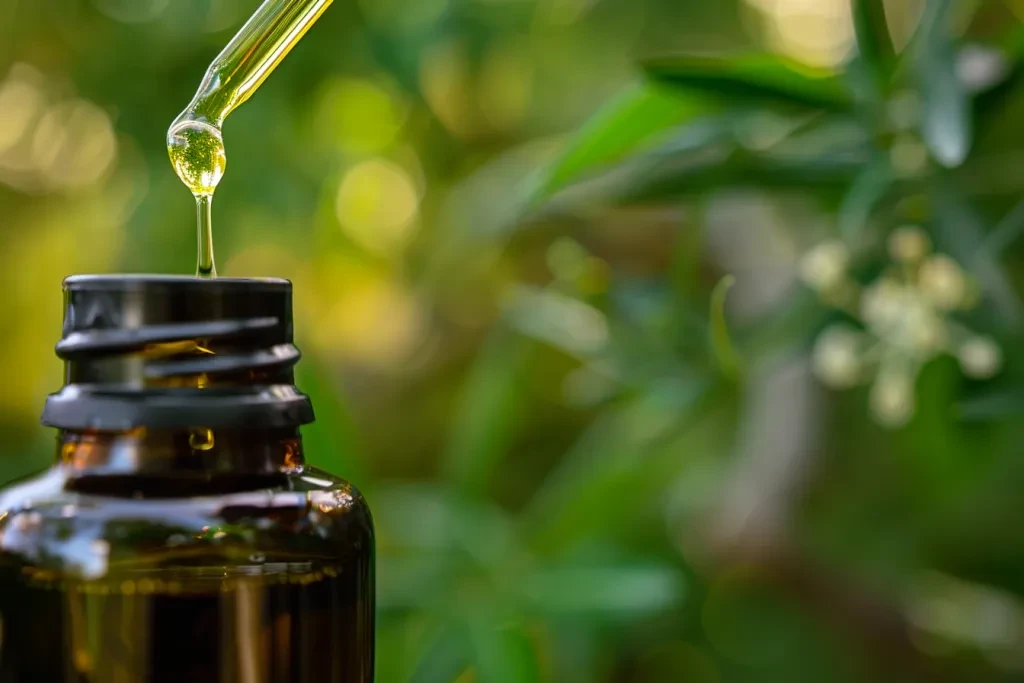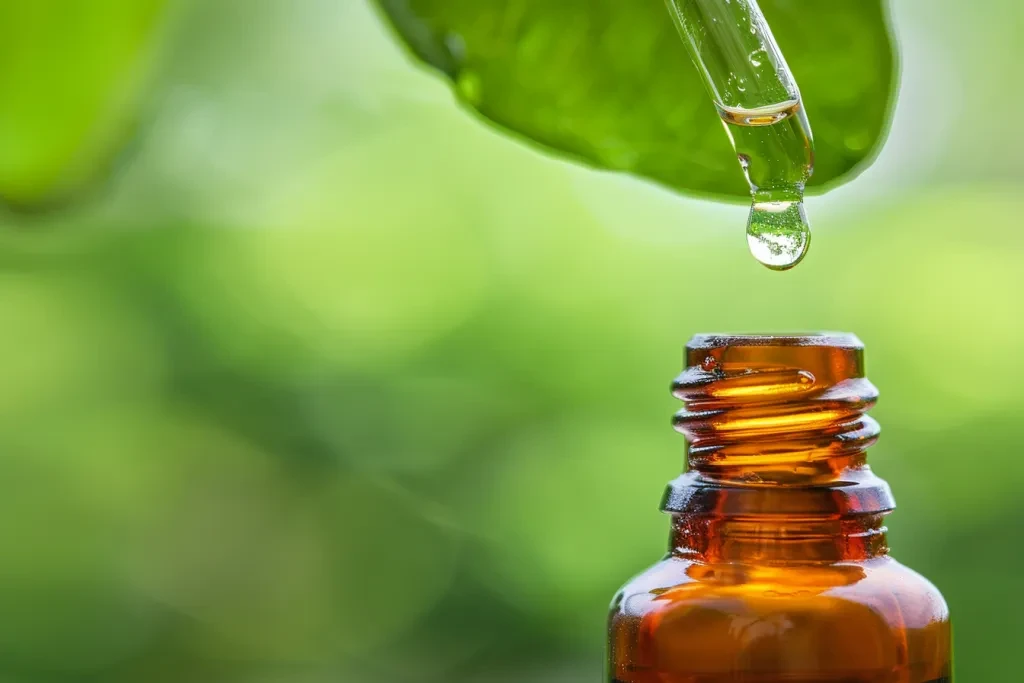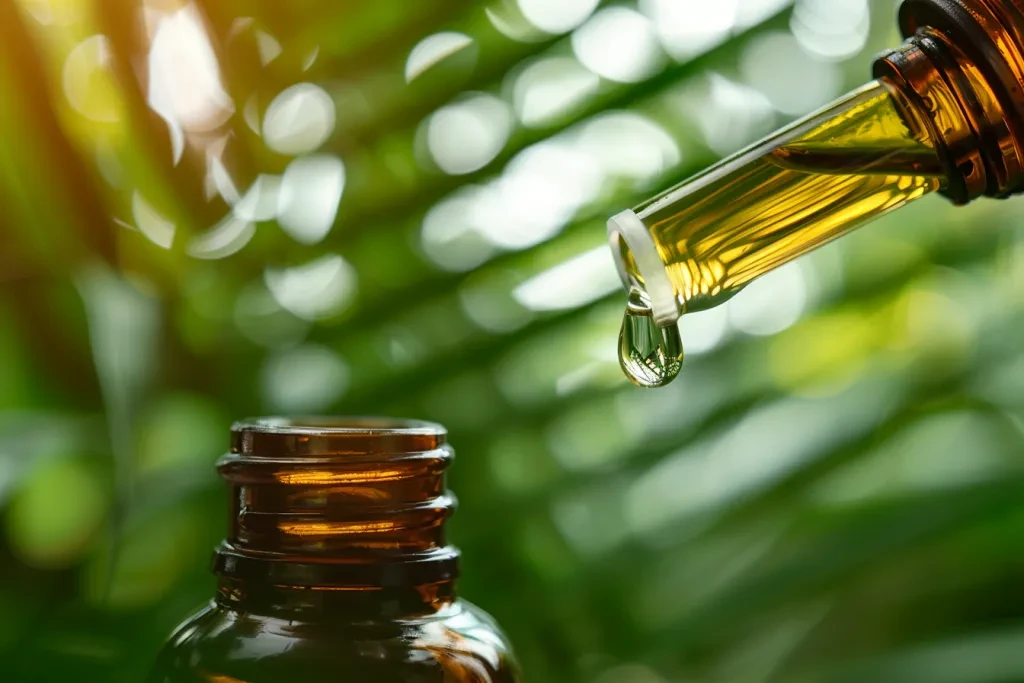The essential oil market is experiencing a significant transformation as we move through 2025. With a growing preference for natural and organic products, essential oils have become a staple in personal care routines worldwide. This article delves into the current market dynamics, highlighting key trends and insights that are shaping the future of essential oils.
Table of Contents:
– Market Overview
– Rising Demand for Natural and Organic Personal Care Products
– Innovations in Essential Oil Soap Formulations
– Regional Market Insights and Growth Opportunities
– Conclusion: Embracing the Future of Essential Oil Soaps
Market Overview

Explosive Growth in the Essential Oil Market
The global essential oil market is on a robust growth trajectory. According to a professional report, the market is projected to expand from a valuation of $10.59 billion in 2024 to an impressive $24.5 billion by 2031, reflecting a compound annual growth rate (CAGR) of 12.70%. This surge is driven by an increasing consumer preference for natural and organic personal care products, coupled with heightened awareness of the adverse effects of synthetic ingredients.
Key Drivers Fueling Market Expansion
Rising Demand for Natural and Organic Products
One of the primary drivers of the essential oil market is the growing consumer inclination towards natural and organic products. Consumers are becoming more conscious of the ingredients in their personal care products, seeking alternatives that are perceived as safer and healthier. Essential oils, known for their natural origins and therapeutic properties, perfectly align with this trend.
Environmental Sustainability
Environmental consciousness is another critical factor propelling the demand for essential oils. As consumers become more eco-aware, they are gravitating towards products that are not only beneficial for their health but also environmentally friendly. Essential oils, derived from natural sources, are seen as a sustainable option compared to synthetic alternatives.
Aromatherapy and Wellness Trends
The rising popularity of aromatherapy has significantly boosted the demand for essential oils. Essential oils are widely used in aromatherapy for their relaxation, stress-reduction, and mood-enhancing properties. Oils such as lavender, lemon, and frankincense are particularly favored for their various benefits, making them a popular choice among consumers seeking both skincare and emotional well-being.
Regional Insights and Market Dynamics
Asia Pacific: A Burgeoning Market
The Asia Pacific region is witnessing a burgeoning demand for essential oils, particularly in countries like India and China. In India, the market is expanding due to the country’s long-standing tradition of using natural and organic personal care products. Urbanization and changing lifestyles are driving demand, supported by government policies that favor natural products. The popularity of Ayurveda and traditional Indian medicine, which extensively use essential oils, further boosts the market.
China’s market for essential oils is also growing rapidly. A burgeoning middle class and increasing awareness of the benefits of essential oils contribute to this growth. The country’s expansive e-commerce market facilitates easier access to a variety of personal care products, including essential oils. Additionally, government initiatives promoting natural and organic products create a favorable environment for market expansion.
North America and Europe: Established Markets with Intense Competition
North America and Europe have traditionally dominated the essential oil market. These regions are characterized by intense competition, with both established brands and new entrants striving to capture market share. Manufacturers are focusing on product innovation and strategic marketing to distinguish their offerings in a crowded marketplace. The demand for essential oils in these regions is driven by a well-established consumer base that values natural and organic personal care products.
Indonesia: A Market with Untapped Potential
Indonesia’s essential oil market is poised for growth, thanks to the country’s rich supply of essential oils such as patchouli, clove, and nutmeg. Local manufacturers have the opportunity to create unique, high-quality products leveraging these natural ingredients. However, challenges such as competition from established brands, affordability issues for lower-income consumers, and regulatory hurdles must be navigated to capitalize on this potential.
In conclusion, the essential oil market is set for significant expansion in 2025 and beyond. With a growing preference for natural and organic products, coupled with increasing environmental consciousness and the rising popularity of aromatherapy, the demand for essential oils is expected to continue its upward trajectory. Regional markets such as Asia Pacific and Indonesia present exciting opportunities for growth, while established markets in North America and Europe remain competitive and dynamic.
Rising Demand for Natural and Organic Personal Care Products

The most significant trend driving the essential oil market is the growing consumer preference for natural and organic personal care products. This shift is largely fueled by heightened awareness of the adverse effects of synthetic ingredients found in conventional personal care items. Consumers are increasingly seeking products that are not only effective but also safe for their skin and overall health. This trend has been further amplified by the COVID-19 pandemic, which underscored the importance of hygiene and the benefits of natural ingredients.
Consumer Awareness and Health Concerns
A professional report shows that the global essential oil soap market is projected to grow significantly, driven by consumer awareness regarding the potential health risks associated with synthetic ingredients. Consumers are now more informed about the long-term effects of chemicals and are opting for products that promise safety and efficacy. Brands like Young Living Essential Oils and doTERRA have capitalized on this trend by offering premium-quality essential oil soaps made from pure and potent natural ingredients. These brands emphasize the therapeutic benefits of their products, which are free from harmful chemicals and synthetic fragrances.
Environmental Sustainability
Environmental consciousness is another critical driver of the essential oil market. Consumers are increasingly looking for eco-friendly personal care products that align with their values of sustainability and environmental responsibility. Essential oil soaps, made from natural ingredients, are perceived as more sustainable options compared to conventional soaps. Companies like Dr. Bronner’s and Rocky Mountain Soap Company have built their reputations on offering organic and fair-trade products that are both effective and environmentally friendly. These brands use sustainable sourcing practices and eco-friendly packaging to appeal to the environmentally conscious consumer.
Aromatherapy and Emotional Well-being
The rise in popularity of aromatherapy has also significantly boosted the demand for essential oil soaps. Essential oils are known for their relaxation, stress-reduction, and mood-enhancing properties, making them a favored choice among consumers seeking both skincare and emotional well-being benefits. Oils like lavender, lemon, and frankincense are commonly used in these products for their various therapeutic benefits. Brands such as L’Occitane en Provence and Neal’s Yard Remedies have successfully integrated aromatherapy into their product lines, offering luxurious, organic personal care items that cater to the growing interest in holistic wellness.
Innovations in Essential Oil Soap Formulations

The essential oil soap market is characterized by continuous innovation in product formulations. Manufacturers are focusing on creating unique blends and incorporating advanced technologies to enhance the effectiveness and appeal of their products.
Unique Essential Oil Blends
One of the key trends in the market is the development of unique essential oil blends that offer multiple benefits. For instance, lavender essential oil remains the most popular due to its relaxing and soothing properties. However, brands are now experimenting with combinations of different oils to create products that cater to specific needs. For example, a blend of tea tree and peppermint oils can provide antibacterial and refreshing benefits, making it ideal for consumers with acne-prone skin. Companies like Plantlife Natural Body Care and Aromatherapy Associates are at the forefront of this trend, offering a wide range of essential oil soaps with innovative blends.
Advanced Extraction Technologies
Technological advancements in the extraction of essential oils have also played a crucial role in the market’s growth. These advancements have led to higher yields and better quality oils, which in turn enhance the effectiveness of the final products. Brands are investing in research and development to improve their extraction processes and ensure the purity and potency of their essential oils. This focus on quality is a key competitive factor in the market, as consumers increasingly prioritize products that deliver on their promises.
Multi-functional Products
The trend towards multi-functional products is also evident in the essential oil soap market. Consumers are looking for products that offer multiple benefits in a single formulation. For instance, moisturizing soaps that also have antibacterial properties or liquid soaps that provide aromatherapy benefits are gaining popularity. Brands like EO Products and The Body Shop are responding to this demand by creating versatile products that simplify consumers’ personal care routines without compromising on effectiveness.
Regional Market Insights and Growth Opportunities

The essential oil soap market is witnessing varied growth patterns across different regions, with significant opportunities emerging in Asia Pacific, particularly in countries like India and China.
Indonesia: Leveraging Local Resources
Indonesia’s essential oil soap market is poised for growth, thanks to the country’s rich supply of essential oils such as patchouli, clove, and nutmeg. Local manufacturers have the opportunity to create unique, high-quality products leveraging these natural ingredients. However, they must navigate challenges such as competition from established brands, affordability issues for lower-income consumers, and regulatory hurdles to capitalize on this potential.
India: Tradition Meets Modernity
In India, the essential oil soap market is expanding due to the country’s long-standing tradition of using natural and organic personal care products. Urbanization and changing lifestyles are driving demand, supported by government policies that favor natural products. The popularity of Ayurveda and traditional Indian medicine, which extensively use essential oils, further boosts the market. Brands like Kama Ayurveda are successfully blending traditional practices with modern formulations to cater to the growing demand.
China: E-commerce and Middle-Class Growth
China’s market for essential oil soaps is growing rapidly, driven by a burgeoning middle class and increasing awareness of the benefits of essential oils. The country’s expansive e-commerce market also facilitates easier access to a variety of personal care products, including essential oil soaps. Additionally, government initiatives promoting natural and organic products create a favorable environment for market expansion. Brands like ENCHANTEUR are leveraging these opportunities to establish a strong presence in the market.
Conclusion: Embracing the Future of Essential Oil Soaps

The essential oil soap market is set for significant growth, driven by consumer preferences for natural and organic products, innovative formulations, and regional market opportunities. As brands continue to innovate and cater to the evolving needs of consumers, the market is expected to expand further, offering a wide range of high-quality, effective, and sustainable personal care products.”





 বাংলা
বাংলা Nederlands
Nederlands English
English Français
Français Deutsch
Deutsch हिन्दी
हिन्दी Bahasa Indonesia
Bahasa Indonesia Italiano
Italiano 日本語
日本語 한국어
한국어 Bahasa Melayu
Bahasa Melayu മലയാളം
മലയാളം پښتو
پښتو فارسی
فارسی Polski
Polski Português
Português Русский
Русский Español
Español Kiswahili
Kiswahili ไทย
ไทย Türkçe
Türkçe اردو
اردو Tiếng Việt
Tiếng Việt isiXhosa
isiXhosa Zulu
Zulu